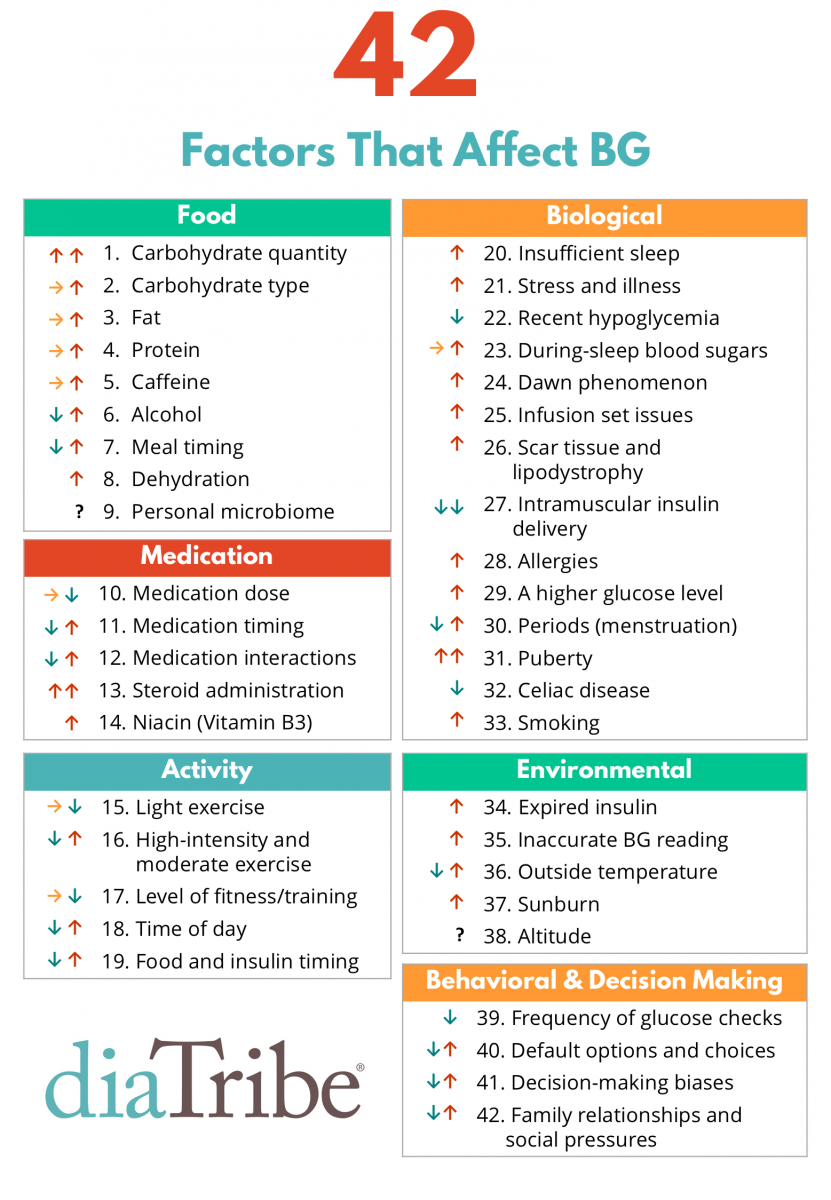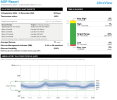I think that a key part of blood glucose management is predicting what is likely to happen. For example, how much your levels will rise after eating some carbs, or how much they will fall when you take insulin or predicting how much insulin you need to cover a meal etc.
So how do you cope when almost everything is unpredictable?
Background: Retired, diabetic for 9 years. Originally thought to be type 2 but now classified as Type 1 and I've been on insulin (novorapid and lantus) for 6 years.
I've been using the Freestyle Libre for 5 years and my TIR is > 90% (which I'm content with) but my last three HbA1c results have been 48, 47 and 49 (which I'm not happy with) Also last check-up the endo told me that I needed to work on reducing the spikes, especially the one after breakfast.
So what sort of things do I find unpredictable.
I can never tell what my blood glucose will be when I wake up or what it will jump up to when I get up or what it will be when I start my breakfast (about 25/30 minutes later).
Yesterday was 6 on waking jumping up to 8 and ending up near 10 at breakfast time. Other days I might start at 7 and jump to 8 and back down to 7 by breakfast.
I can't predict how much it will rise when I eat. It is common for me to go high and I need to take a walk to bring my levels down. But it is also common to need glucose to avoid a low.
When I go for a walk, I can't tell how far I have to walk. It usually takes a while before they start dropping and then they may drop slowly for a while and when start falling fast (I have gone low several times when this has happened). Other times they don't drop at all.
A far as insulin doses are concerned , what I try to do is aim for the middle and hope that I will be high (and need to take a walk) roughly the same number of times that I go low (and need glucose) and also hope that I don't need to do either for a reasonable number of times as well.
Even taking a correction insulin dose is unpredictable. Previously I've only took correction doses when my blood sugar is really bad, but I have been taking them more often in the last month or so. But several times when my blood sugar has been stable but just a little high, I have taken just one unit of insulin and it doesn't seem to do a thing. Either that or it takes more than 90/120 minutes for it to work. Yet when I take my normal insulin at meal times, I need to be careful if my figures are low as that could be one of those days where the insulin takes 15 minutes and the food 30 minutes. Other times one unit can drop my figures between 2 and 3 mmol/l.
Treating/avoid lows is also unpredictable. Quiet often 5g is enough, but other times I need ten times that.
Any tips or advice.
The rest of the post is something of a rant, but illustrates the issue. None of the events I mention are unusual, except for the fact that they all happened on the same day (Thankfully not every day is as bad as today)
After breakfast I went high and started out for a walk. Twenty minutes later my figures start dropping slowly and fell slowly for another 20. Then they start falling fast and it becomes clear at that rate I am going to go low before I get home. So I take 9g of glucose and bottom out at 4.2 and arrive home with my levels around 6.5
But they don't stop at 6.5 and continue rising and an hour after I was almost going low I am high again.
Decide to go for another walk and my figures rise to 12 and then stay fluctuating between 11 and 12 and just as I am opening my door at the end of the (almost two hour) walk,
my phone goes off with the 'really high' alarm of 13! (2 hours wasted!)
So I decide to take an early lunch and take extra insulin to bring me down. Sort of works, but it looks like things are staying above 8 and I would like to bring them down below 7. So off on my third walk of the day. Expected this to be fairly short, but then my figures started rising and got to 12 before falling back and then yet again, started tumbling, but I managed to get back home with BS at 5
Phew I thought. Finally I can get back to reading my book. Wrong!
My figures started rising again and I end up almost high. So I kinda gave up and took a correction dosage and walked (just around the house) until my figures went below 7.
So that's over four hours in total that I've been walking today to try to bring my levels down and my average is still well over 7.
So how do you cope when almost everything is unpredictable?
Background: Retired, diabetic for 9 years. Originally thought to be type 2 but now classified as Type 1 and I've been on insulin (novorapid and lantus) for 6 years.
I've been using the Freestyle Libre for 5 years and my TIR is > 90% (which I'm content with) but my last three HbA1c results have been 48, 47 and 49 (which I'm not happy with) Also last check-up the endo told me that I needed to work on reducing the spikes, especially the one after breakfast.
So what sort of things do I find unpredictable.
I can never tell what my blood glucose will be when I wake up or what it will jump up to when I get up or what it will be when I start my breakfast (about 25/30 minutes later).
Yesterday was 6 on waking jumping up to 8 and ending up near 10 at breakfast time. Other days I might start at 7 and jump to 8 and back down to 7 by breakfast.
I can't predict how much it will rise when I eat. It is common for me to go high and I need to take a walk to bring my levels down. But it is also common to need glucose to avoid a low.
When I go for a walk, I can't tell how far I have to walk. It usually takes a while before they start dropping and then they may drop slowly for a while and when start falling fast (I have gone low several times when this has happened). Other times they don't drop at all.
A far as insulin doses are concerned , what I try to do is aim for the middle and hope that I will be high (and need to take a walk) roughly the same number of times that I go low (and need glucose) and also hope that I don't need to do either for a reasonable number of times as well.
Even taking a correction insulin dose is unpredictable. Previously I've only took correction doses when my blood sugar is really bad, but I have been taking them more often in the last month or so. But several times when my blood sugar has been stable but just a little high, I have taken just one unit of insulin and it doesn't seem to do a thing. Either that or it takes more than 90/120 minutes for it to work. Yet when I take my normal insulin at meal times, I need to be careful if my figures are low as that could be one of those days where the insulin takes 15 minutes and the food 30 minutes. Other times one unit can drop my figures between 2 and 3 mmol/l.
Treating/avoid lows is also unpredictable. Quiet often 5g is enough, but other times I need ten times that.
Any tips or advice.
The rest of the post is something of a rant, but illustrates the issue. None of the events I mention are unusual, except for the fact that they all happened on the same day (Thankfully not every day is as bad as today)
After breakfast I went high and started out for a walk. Twenty minutes later my figures start dropping slowly and fell slowly for another 20. Then they start falling fast and it becomes clear at that rate I am going to go low before I get home. So I take 9g of glucose and bottom out at 4.2 and arrive home with my levels around 6.5
But they don't stop at 6.5 and continue rising and an hour after I was almost going low I am high again.
Decide to go for another walk and my figures rise to 12 and then stay fluctuating between 11 and 12 and just as I am opening my door at the end of the (almost two hour) walk,
my phone goes off with the 'really high' alarm of 13! (2 hours wasted!)
So I decide to take an early lunch and take extra insulin to bring me down. Sort of works, but it looks like things are staying above 8 and I would like to bring them down below 7. So off on my third walk of the day. Expected this to be fairly short, but then my figures started rising and got to 12 before falling back and then yet again, started tumbling, but I managed to get back home with BS at 5
Phew I thought. Finally I can get back to reading my book. Wrong!
My figures started rising again and I end up almost high. So I kinda gave up and took a correction dosage and walked (just around the house) until my figures went below 7.
So that's over four hours in total that I've been walking today to try to bring my levels down and my average is still well over 7.




